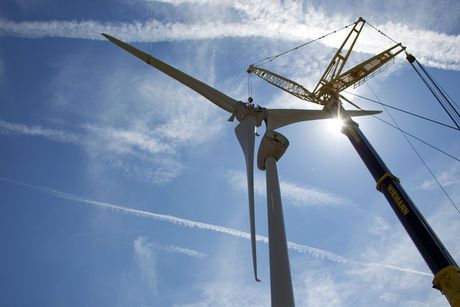By concluding intergovernmental trade agreements and treaties, the government can support the private sector import of raw materials and the according supply relationships. Strategic raw material partnerships can also help to establish environmental and social standards. They are an ethical must as well as a prerequisite for fair competition. The position paper also makes it plain that the energy requirements for raw material production and its environmental impacts should not exceed the environmental benefits of the energy transition.
By exploiting new deposits in Germany and Europe as well as in the deep sea, the raw material base could be expanded: “In Germany, there are deposits for indium and germanium; at the bottom of the sea, we have e.g. cobalt, copper and nickel reserves. However, a profitable exploitation requires further research regarding the environmental impacts and an evolution of the production and processing Technologies”, explains Jens Gutzmer from the Helmholtz Centre Dresden-Rossendorf, who co-authored the position paper.
A further approach is metal recycling: End-of-life vehicles, electronic devices and power lines are valuable raw material sources. “As the recovery rates for many high-tech elements are low, the entire process chain should be improved,” says Christian Hagelüken of Umicore, a member of the ESYS Working Group. Labels for recyclable product designs, for instance, would start at the production stage. “More consumer-friendly collection systems and improved recycling processes for widespread use can likewise increase the recovery rates. In addition, the export and fate of electronic scrap should be better controlled,” expounds Hagelüken.
Energy resources
Biomass can offset the fluctuations in the power generation from wind and solar energy sources. If the agricultural sector were included in the European Emissions Trading System, the carbon emissions from biomass production could be reduced. Sustainability requirements for the cultivation and import of energy crops and a tax on nitrogen fertilisers would likewise contribute to a more climate-friendly bioenergy production.
Natural gas is particularly important for the transition phase to a climate-friendly energy system, as it produces less carbon emissions than coal. In order to become less dependent on individual supplier countries, the infrastructure for liquid gas could be expanded. Shale gas and natural gas from coal beds in Germany can also provide additional security.



